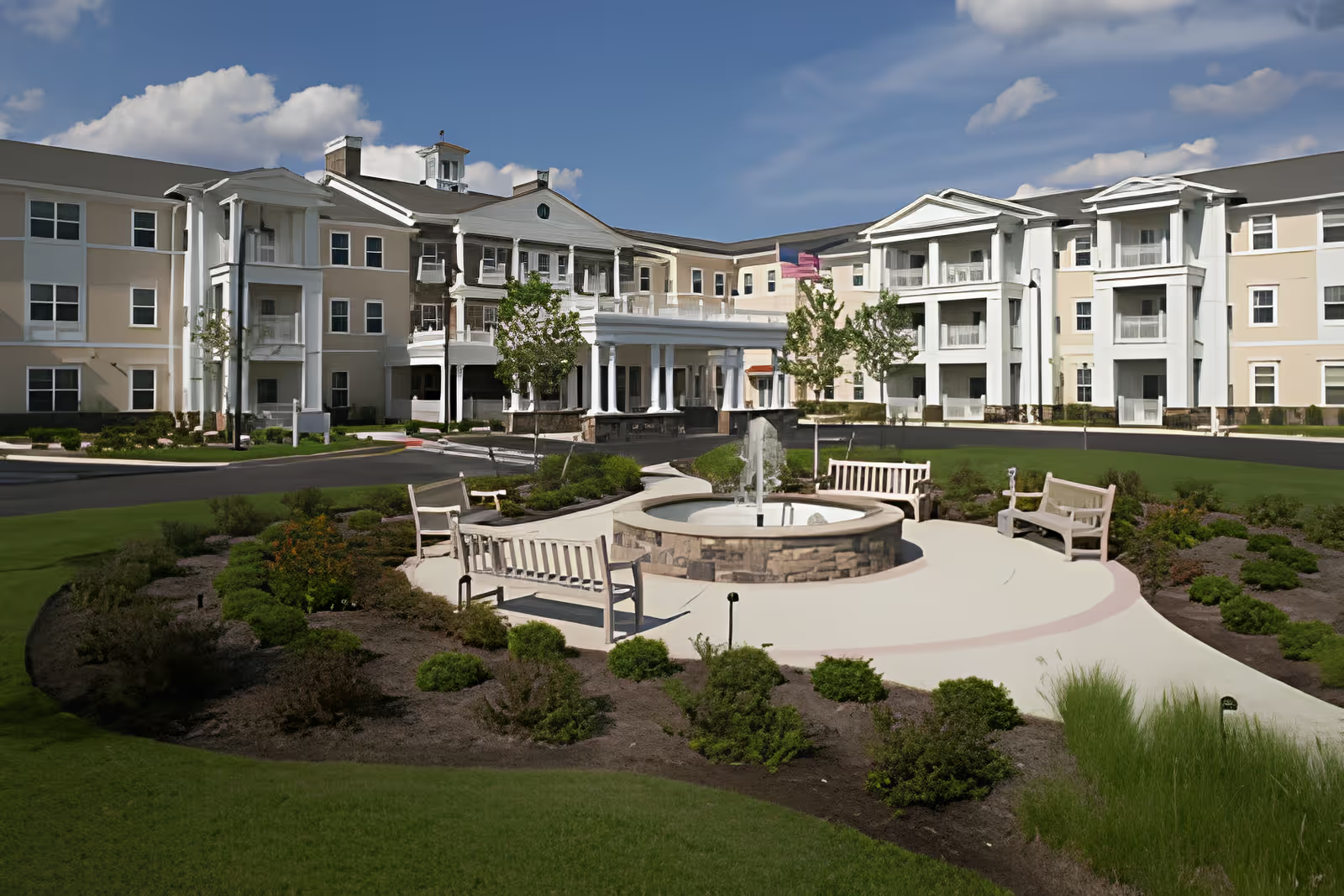The reviews for New York Congregational Nursing and Rehabilitation Center paint a deeply mixed and polarized picture. Many reviewers praise individual caregivers, rehabilitation staff, and the facility’s physical environment: numerous comments highlight clean, modern and spacious rooms, pleasant common areas, a therapy gym and outdoor seating. Positive experiences commonly revolve around successful physical therapy, good wound care, responsive bedside help on some shifts, helpful front-desk/security personnel, and enjoyable features like aquariums and resident animals. Several long-term residents and families express strong satisfaction, even to the point of enthusiastic recommendations and very high-star ratings.
Contrasting sharply with those positive accounts are numerous and serious negative reports focusing on inconsistent care, staffing shortages, and safety concerns. A recurring theme is variability — care quality appears highly dependent on specific staff members and particular units or shifts. Multiple reviewers describe understaffing (notably at night and on certain floors), delayed responses to call bells, ignored requests for assistance, delayed medication delivery, and lapses in basic care such as diaper changes and turning to prevent bedsores. There are several alarming reports of falls and injuries (including a fall resulting in broken teeth), patients leaving in worse condition than at admission, and at least one claim of contracting COVID-19 at the facility. Those safety and neglect claims are among the most serious patterns emerging from the reviews.
Communication and management issues are another prominent cluster of concerns. Families report poor or slow communication from social workers and administrators, difficulty reaching leadership, and confusion when department heads misdirected inquiries. Some reviewers felt the administration was money-focused and unresponsive to problems. There are also specific allegations of staff rudeness or poor bedside manner — several reviewers call out named employees for unprofessional behavior while others identify staff who were exceptionally kind. A few reviews even allege falsified positive reviews, which underscores distrust among some former residents and families.
Facility upkeep and cleanliness are reported very inconsistently: many visitors and families describe the center as immaculate, smelling fresh, and well maintained by janitorial staff, while other reviewers recount serious cleanliness lapses such as dried blood, unwashed hair, dirty diapers and general neglect in particular rooms or units. Maintenance issues are noted too — non-working room receptacles, slow elevators, and a worn entrance — indicating that while much of the facility appears newly renovated and modern, certain operational or maintenance gaps remain.
Therapy, activities and dining receive mixed but notable attention. Physical and occupational therapy teams receive strong, repeated praise for helping residents recover mobility and return home. Some reviewers commend the variety of activities, celebrations, and the recreation team, while others — particularly during or shortly after COVID restrictions — report limited programming, residents not being taken outside, or slow starts to therapy. Dining impressions vary: multiple reviews applaud hearty portions and flexible substitutions, while others complain about poor meals, mashed-potato-only lunches, or generally bad food on certain days.
Operationally, there are repeated references to medication handling problems (lost insulin by an outside pharmacy, delayed meds), supply shortages (toilet paper, paper towels), and logistical difficulties with transportation or vendors. Personal property loss (clothes) and confusing labeling systems are further sources of frustration. These recurring reports suggest systemic process and accountability weaknesses in some areas, even as teams like nursing, maintenance and therapy are praised by other families.
In summary, New York Congregational Nursing and Rehabilitation Center appears to deliver excellent care in many instances — particularly in rehabilitation, wound care, and in specific staff members who go above and beyond — but the experience is inconsistent. The dominant pattern is variability by shift, floor, and individual caregivers: some units and staff provide fast, compassionate, and professional care in a clean, modern setting; others fall short, with reports of neglect, safety incidents, communication breakdowns, and poor management responsiveness. For families considering this facility, the reviews suggest careful, up-to-date inquiries about staffing levels, unit-specific reputations, supervision for nights and weekends, medication and vendor procedures, and clarity about how the facility handles incidents, communication, and personal belongings. Monitoring during the initial days of admission and asking for specific plans for falls prevention, wound care, medication management, and activity access can help mitigate some of the risk implied by the mixed review set.







